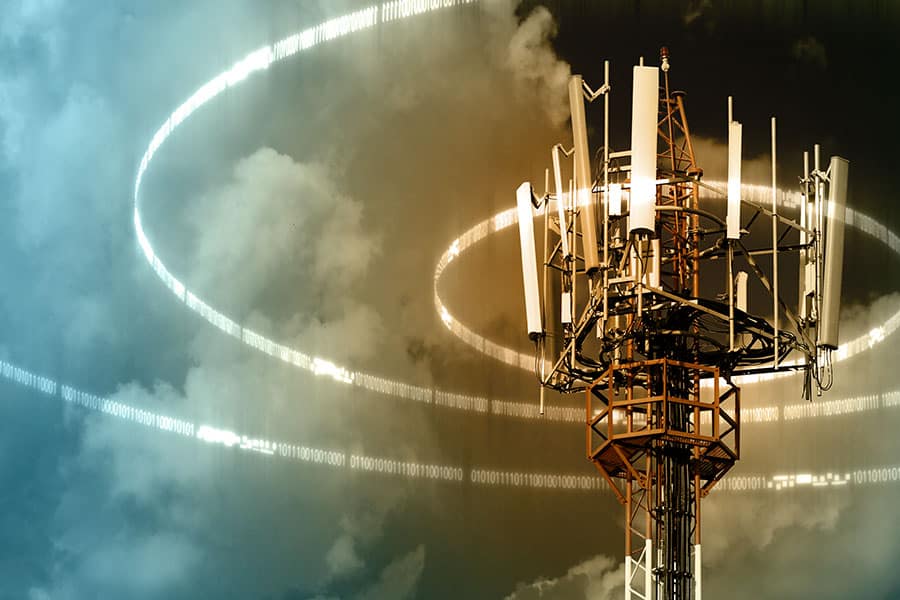

2G to 5G: What’s the Difference?
In light of T-Mobile’s recent announcement that they will be rolling out a new 5G network, people everywhere have wondered, “what does a 5G network really mean?” and “how will a network change affect my phone?” With the help of a recent article by one of OnePlus’s US Brand Ambassadors, we’re going to find out.
What Does the “G” in “5G” Mean?
While you might think the answer is something highly technical, the “G” in 5G merely stands for “Generation.” The original wireless technology of the 1990’s can be referenced as 1G, which progressed throughout the years to become the 5G of today that users everywhere can soon experience for themselves.
What’s the Difference in 4G and 5G?
Early advancements in wireless technology were quite noticeable. The ability to send text messages, browse the internet, and download files all came with each successive generation. So much can be done on a 4G network that you may wonder what more 5G has to offer. Here’s your answer!
According to a recent OnePlus article by Randy Bryan, the 5G network will not only upgrade its existing 600 megahertz LTE band, but will also introduce mmWave technology. What are the LTE band and mmWave? According to the same article:
“600 mHz is a low frequency band formerly used by UHF channels among other things […]. Its signal travels very far with less degradation to its signal than traditional cellular signals. mmWave is the technology that is most often associated with current 5G discussions. It’s the high frequency band that can handle a LOT of data but can’t go through buildings and most things solid.”
How Will the Change to 5G Affect My Service?
Now that you know what the upgrade to a 5G network entails, what does it mean for you?
First, and maybe most importantly for many rural users, especially in Central Texas, a 5G network will offer a wider service area. The new network is set to reach areas that may have previously had sparse or no service coverage at all.
Second, the new 5G network should prevent service interruption in buildings that may have previously been dead spots. As mentioned in the previous excerpt from the article, mmWaves can’t go through solid objects, and due to this a device using it might lose service when entering a building. However, on 5G, a user entering that same building can experience an undetectable, smooth switch from mmWave to the 600 MHz LTE band, resulting in continuous service.
Short answer: the new 5G network will likely mean farther reaching service and less interruption when traveling in or between structures that previously might’ve disrupted service.
How Will the Change to 5G Affect My Device?
Will your device that used a 4G network still support the 5G network? That depends. Currently, only select devices will support a 5G network. According to the previously linked OnePlus article, their OnePlus 7 Pro is one option. Other options include some of the latest Samsung devices (for a full list visit this list of 5G Phones by DigitalTrends.com).
Will There Ever Be a 6G and Beyond?
Probably! Experts in network technology are always striving to implement new and better service, with faster speeds and wider coverage areas.
Are constant updates making it hard to keep your business technology current? Worried about potential breaches caused by old devices and software? Contact tekRESCUE, a managed service provider near Austin, TX, to learn how we can help.




